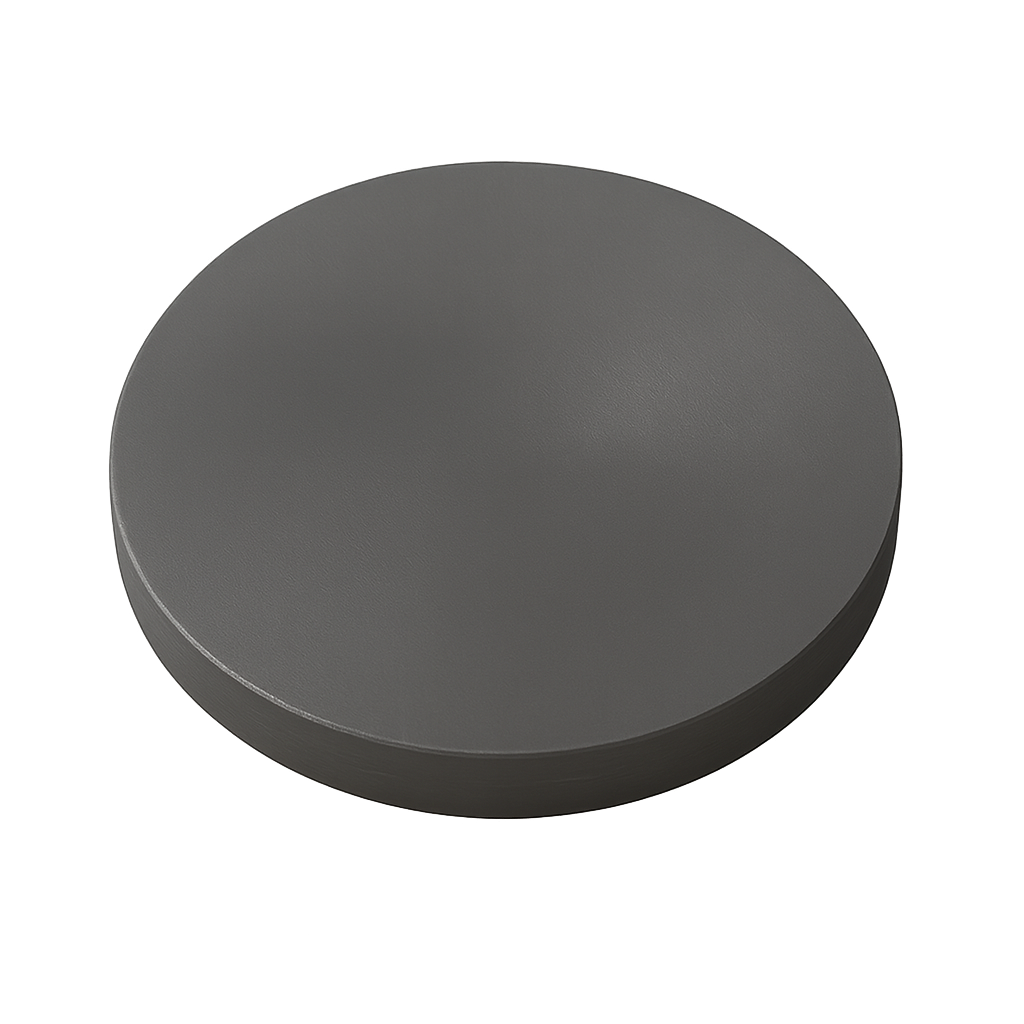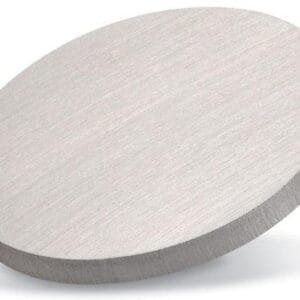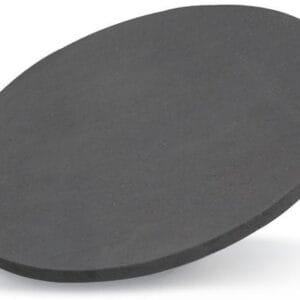Scandium Nitride (ScN) Sputtering Target
Scandium Nitride (ScN) is a high-performance ceramic compound with excellent thermal stability, mechanical strength, and chemical resistance. It has a cubic rock-salt crystal structure and a relatively high melting point, making it suitable for demanding thin-film deposition applications.
ScN sputtering targets are widely used in semiconductor, optoelectronic, and protective coating industries. In microelectronics, ScN thin films serve as a buffer or seed layer for epitaxial growth, improving adhesion and crystalline quality. In optical applications, ScN offers good infrared reflectivity and a tunable bandgap, making it useful for infrared mirrors, decorative coatings, and photovoltaic devices.
Key Advantages
High hardness and wear resistance
Excellent thermal conductivity and stability
Good electrical conductivity with tunable resistivity
Strong adhesion to various substrates
Typical Applications
Hard and protective coatings
Infrared reflective layers
Semiconductor buffer layers
Decorative and functional optical coatings
Photovoltaic absorber layers
Example Specification
Material: Scandium Nitride (ScN)
Purity: 99.9% (3N)
Size: ø50.8 × 6.35 mm
Bonding: Copper backing plate, ø50.8 × 2.54 mm, total thickness < 8.89 mm





Reviews
There are no reviews yet.